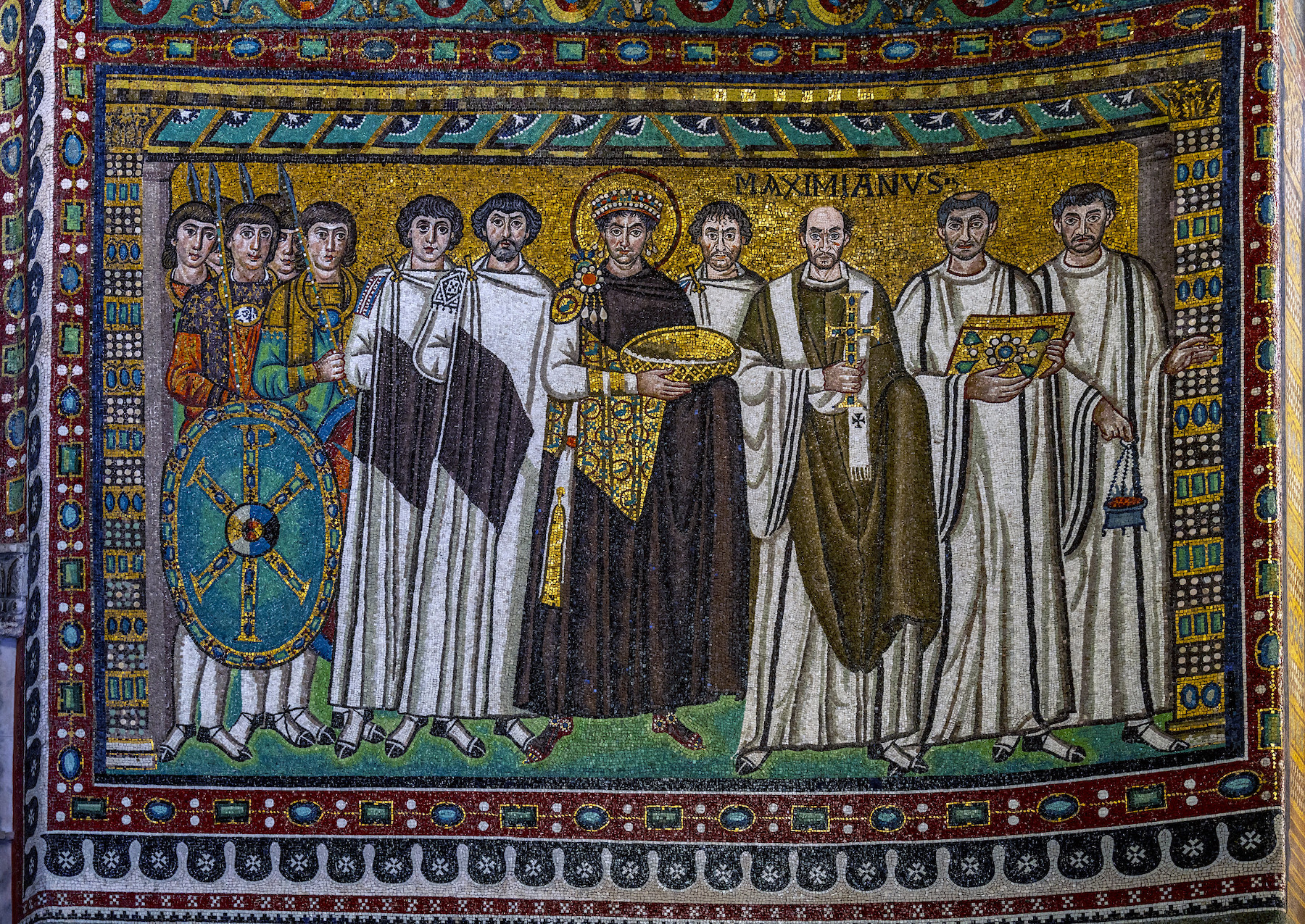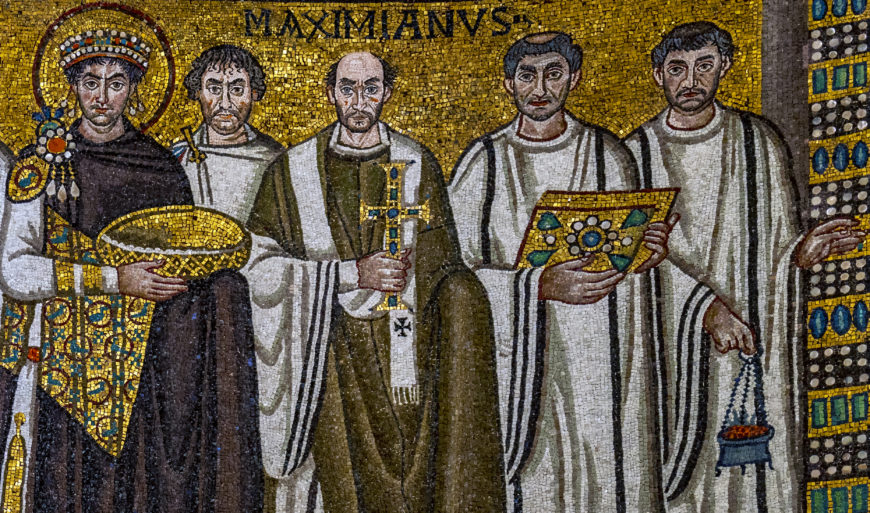Think of the last time you walked into a room. Your mind trying to make sense of the scene: the objects, sounds, people present; your lizard brain sorting the space into 'safe' or 'suspect'. Clothing provides a clue to identity, whether self defined or externally imposed.
"By integrating concepts from symbolic interactionism, with emphasis on clothing symbols' meanings, and from a perspective of social perception, with emphasis on interpretations of others' appearances and behavior, we can develop a conceptual framework for the study of clothing in human interaction. Clothing symbols become factors in our perception of others and allow us to communicate with others." (Susan B. Kaiser, "Social Psychology of Clothing and Personal Adornment") [4] page 14-15.
So i became curious about the symbolism of the stoles that are worn in church by the clergy as my mind wandered during the Sunday rituals, waiting for our next turn to sing.

Here's what wikipedia tells us:
"The stole is a liturgical vestment of various Christian denominations, which symbolizes priestly authority; in Protestant denominations which do not have priests but use stoles as a liturgical vestment, however, it symbolizes being a member of the ordained.
The word stole derives via the Latin stola, from the Greek στολή (stolē), "garment", originally "array" or "equipment".
As members of the clergy became members of the Roman administration (see Constantine I and Christianity) they were granted certain honors, one specifically being a designator of rank within the imperial (and ecclesiastical) hierarchy." [2]
The clergical stole forms part of the uniform that immediately identifies its wearer as distinct from the congregation.
The uniform is viewed as a device to resolve certain dilemmas of complex organizations-namely, to define their boundaries, to assure that members will conform to their goals, and to eliminate conflicts in the status sets of their members. The uniform serves several functions: it acts as a totem, reveals and conceals statuses, certifies legitimacy, and suppresses individuality. The interaction of these components and the acceptance or rejection of the uniform and its associated status by the wearer are described. [American Journal of Sociology]
Roots of the Christian Church in Rome
With the move of the Roman seat of governance and power to Constantinople; Rome was shaped into a Christian power center, with emperor Constantine authorizing shrines at the presumed graves of the apostles Peter and Paul, and providing a palace to the then Bishop of Rome. (Paul definitely went to Rome, and may have been martyred there. But that Peter, a very devout, timid, Jewish fisherman, uneducated, knowing little or no Greek, and no Latin, would have ended in Rome is most unlikely. [7])
With this, Rome became the seat of power and the foundation of many traditions for what became the Christian Church. Leo I (c. 400 – 10 November 461 CE), Bishop of Rome, was a Roman aristocrat, steeped in Roman law, made a strong case for a central power structure for the emerging Christian Church.
Pope Gregory I (c. 540 – 12 March 604 CE), son of a Roman senator and a prefect of Rome before establishing a monastery at his family's estate, dealt with the Lombard attacks when other authority was lacking, and as "leftover evidence of imperial Rome grew ever more hollow, Gregory's church filled the vacuum. Roman civil law increasingly served as a model for [...]Roman Catholic law, as the church took over many duties of the state". [3]

It is therefore not surprising that while adopting the duties of the state, the clergy also adopted the symbols of state power. I would argue that this included the uniforms that signified the distinguished positions; among which we can count the clergical 'stole'. I may be going out on a limb, but I see continuity between the Roman "Laticlave": "a broad stripe or band of purple on the fore part of the tunic, worn by senators as an emblem of office" [Wikipedia] and the clergical stole.
We can see evidence of the continuity in the art and decorations of the early Christian churches.
In a famous 6th-century mosaic in San Vitale, Bishop Maximianus ( (499 – February 22, 556, CE, name clearly layed out above his head), accompanying Emperor Justinian, and wearing what looks very much like a current day clergical stole.

In another example, a sixth century apse mosaic at the basilica of Saint Apollinare in Classe, five miles from Ravenna, Italy, shows Apollinare standing in the midst of his park as a prince ruling under the King of kings, surrounded as it were by family, friends and members of the court. So as well as depicting Apollinare as a celebrating bishop, our mosaic also suggests his – and by extension, our – role as acting role as kings and queens within the world.[Orthodox Arts Journal]
The decorative stole has survived from Rome, to early Christianity to modern day - which in my mind is very cool. And it has continued to be a symbol of distinction, clothing that influences how we perceive someone and therefore how we interact with them. Nowadays can be highly decorated or plain, and come in many colours that typically indicate the liturgical season - though it seems the various church denominations disagree about the details.
Being able to properly read and interpret the symbols and colours of the stole is a modern form of gnosticism, of distinguishing those "in-the-know" from those who are not. But that should be the subject of another post :)

Sources
[1] Smart history - center for public art history: "San Vitale and the Justinian Mosaic"
[2] Wikipedia: Stole (vestment)
[3] The Christian World, Martin Marty, Modern Library/Randomhouse publishing, 2007, pp 75-77
[4] Introduction to the Social Psychology of Clothing and Personal Adornment, Susan B. Kaiser, 1985, MacMillan Publishing, available at Archive.org
[5] History of Liturgical Vesetments in the Catholic Church
[6] "The Uniform: A Sociological Perspective", American Journal of Sociology, Volume 77, Number 4, Jan., 1972
[7] "Antiquity, the civilization of the ancient world", Norman F. Cantor, 2003, HarperCollins
[8] Orthodox Arts Journal, The Mosaic Apse of Sant’Apollinaire in Classe, Ravenna, Aidan Hart, December 28, 2017


Add new comment